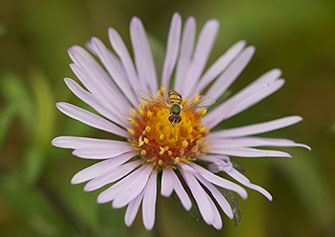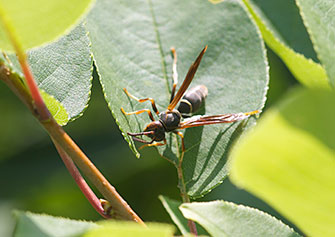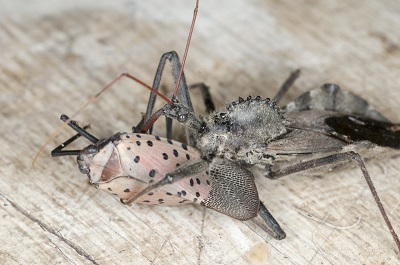The Department of Entomology at Rutgers University was established in 1888 as part of the New Jersey Agricultural Experiment Station. Over the years, department faculty have studied a wide variety of economically important insects including mosquitoes, gypsy moth, Colorado potato beetle, and cockroaches.
Today, our faculty conducts research involving the systematics of dragonflies and other insects, insect plant interactions, biology and spread of invasive insects, public health issues and biological monitoring of earth's environment, and pests of blueberries, cranberries, ornamentals, tree fruit, turf, and vegetables. The Department's Insect Museum contains over 1/4 million specimens collected from the 1800's to present time which serve to record environmental changes over time. Our Center for Vector Biology is a nationally and internationally known program for mosquito, tick, and blackfly research.
The department offers courses leading to doctoral, master's and, bachelor of science degrees in entomology, as well as an undergraduate minor in entomology. The Entomology Department strives to fulfill a diverse and inclusive environment for all members, including students, staff and faculty. You can find out how our graduates at all levels contribute back to our community. (See Scott Crans 2016, George Hamilton 1985, David Moskowitz 2016, Sonny Ramaswamy 1980, Jessica Ware 2008, Xin Zhou 2007). You can further help by donating a gift that keeps on giving, to the Entomology Scholarship Funds.
In memoriam Karl Maramorosch (1915-2016). He was a very special member of the department.







 In this photo we have a wheel bug, (Arilus cristatus) Order Hemiptera, Family Reduviidae, feeding on a spotted lanternfly, Lycorma delicatula, Order Hemiptera, Family Fulgoridae.
In this photo we have a wheel bug, (Arilus cristatus) Order Hemiptera, Family Reduviidae, feeding on a spotted lanternfly, Lycorma delicatula, Order Hemiptera, Family Fulgoridae.